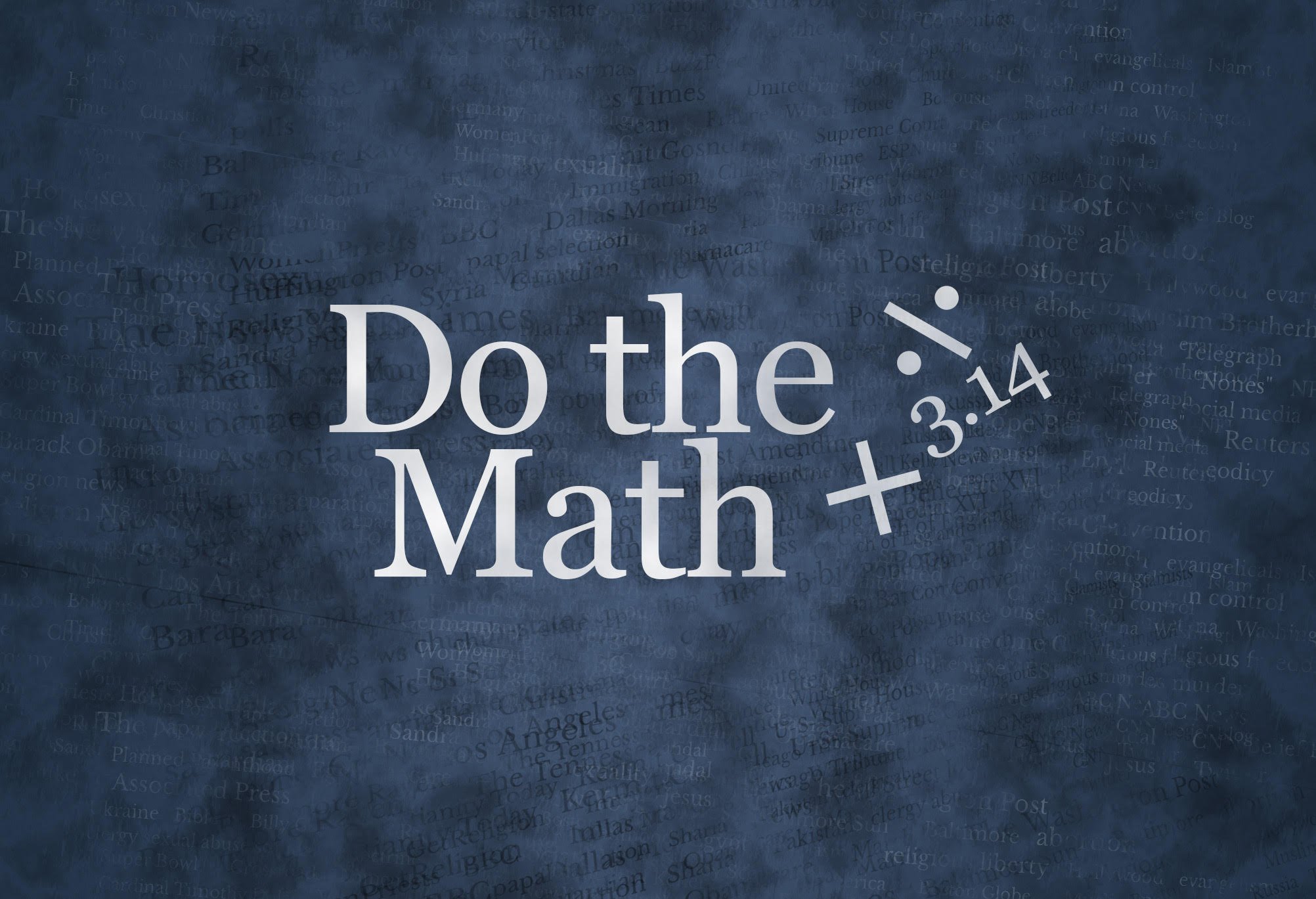Everything I do on social media is a trade-off.
That’s the nature of data visualization. You have to take an incredibly complex and often messy social world and distill it into a rather straightforward graph that the average person scrolling Twitter can understand in five seconds or less. Not an easy task.
One of the ways in which social scientists have tried to make the concept of age more palatable is through the use of generations — Boomers, Gen X, Millennials, etc. There have been several pieces published in the last few years that have exhorted social scientists to stop using these concepts because they mean very little from an empirical perspective.
One reason is that they are completely arbitrary. Born in December of 1979 — you are a Gen X. Born just one month later — you’re a Millennial. And consider the fact that you can be born in 1981 or 1995 and are part of the same generation. That’s just nonsensical the more you think about it.
One way around is to use five-year birth cohorts.
Instead of 15 or 20 year spans for generations, a birth cohort can be just those born between 1940 and 1945. This helps to further isolate the impact of age on religious trends. I’ve been making graphs using this cohort strategy for a while now and they can provide a lot of illumination about American religion and politics.
That first graph breaks cohorts down into liberals, moderates and conservatives and measures what share are attending religious services every week over the last decade.
Older liberals are attending less now than they were in 2008. But, that trend reverses itself a bit for younger liberals. If you look at those born in the late 1970s and 1980s — liberals are actually slightly more likely to be attending weekly in 2021.
Not something I would have expected.
I also analyzed birth cohorts for women vs. men, when it comes to the share who identify as atheist, agnostic or nones and or “nothing in particular” people.
What’s most notable here is how little the lines vary in every cohort from the early 1940s through the mid-1970s. Women are consistently less likely to say that they are nones in those cohorts. But, then in the recent cohorts the lines begin to converge until they have completely crossed in those born in the late 1990s.
Women being more likely to say that they are nones is a very big deal for American religion and something journalists and researchers will need to keep an eye on going forward.
I also like to track how public opinion has changed on specific issues — using birth cohorts, as well.
This next graph is focused on premarital sex using data from the General Social Survey. It’s worth pondering how permissiveness has increased for basically every birth cohort over the last decade or so — even among people who were born in the 1940s and 1950s.
The data is clear: it’s not just young people who have shifted on sexual ethics. It’s pretty much everyone. Journalists may want to ask religious leaders how they are dealing with that, in terms of preaching and religious education.
This last graph comes from a cohort analysis that I conducted for my “20 Myths About Religion and Politics in America” book that came out last year.
People assume that individuals return to religion as they age — but a simple cohort analysis undercuts that simple notion.
This is the share who are nones in 2008 vs. 2021 by birth cohort. In every cohort save for one, the percentage who are nones rose noticeably over the last 13 years. There’s no statistical evidence that any age group has returned to active participation in a religious tradition.
What makes all this analysis possible is large datasets that are publicly available.
Some larger data — like the Cooperative Election Study — have been conducted since 2008. But imagine what social scientists will be able to do in 30 years when they can track cohorts with very large sample sizes as they go through every life stage from college to retirement. What tremendous insights that will provide for the journalists, religious leaders and the American public, in general.
It’s a great time to be a quantitative social scientist. Journalists need to know that this kind of information is out there, waiting to be covered in the news.
FIRST IMAGE: Uncredited graphic with “Workforce Generations: Who is next?” feature on the Rome Business School website.


